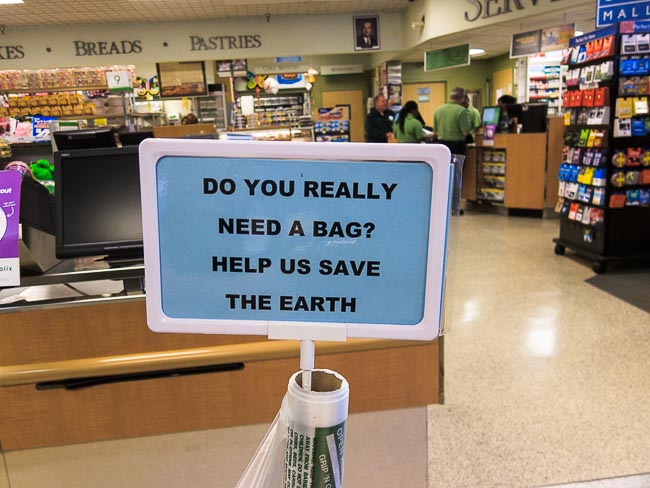Saw a bumper sticker today that said, “I’m a member of the 99%, and I vote.”
…intended to imply, surely, that members of the 99% (based on income) have common economic interests on which they should be voting together.
But a professor of environmental studies, on the one hand, and a welder working in the oil/gas industry, on the other, do not have common economic interests, even if their incomes are exactly the same. Quite the opposite..the professor is likely to profit from a more restrictive approach to energy infrastructure, whereas the welder is likely to suffer economically from those same policies.
An inner-city couple concerned with getting their kids a good education does not have common interests with the local head of a teachers’ union striving to maintain antediluvian policies and consequent low standards, even if they are in the same income bracket.
The game the Democrats and their media sycophants are playing is this: to try to focus public attention on generalized income-based class conflict in order to divert attention from the preferential treatment given by government to certain groups at the expense of others. The hope is that if sufficient anger can be generated and directed at “the rich,” people will be less likely to reject those politicians who want to cripple America’s energy infrastructure, leave the public schools to continue their multigenerational wrecking program, etc etc.
